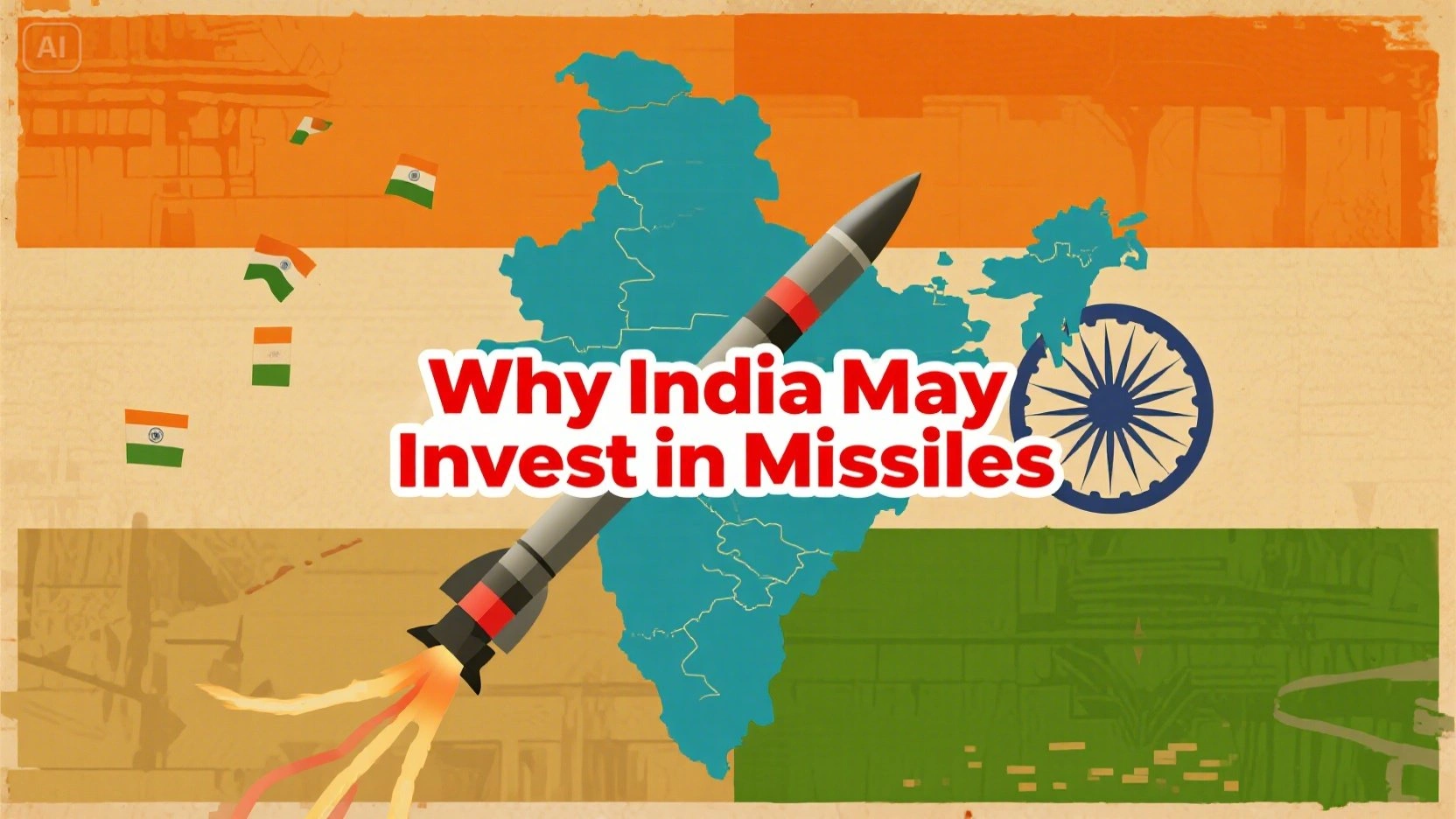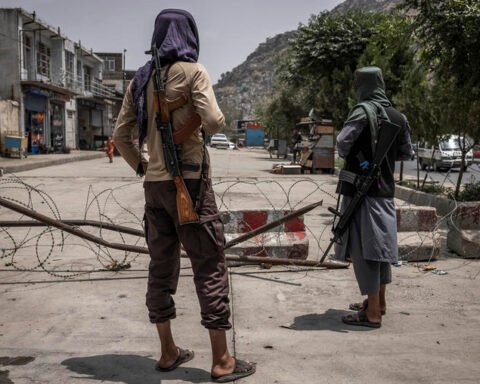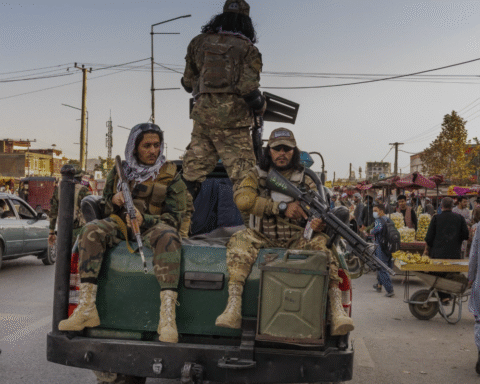The primacy of air power in the contemporary war has been noted after the recent skirmishes between India and Pakistan, and between Israel and Iran. The ownership of the skies used to precede heavy battles conducted on land. But with these new conflicts, all of which were nuclear threatening, both parties have been more cautious due to fears of an escalation in the use of nuclear weapons, curtailing ground action. Newly formed interconnected world makes the aftermath of such conflicts rise not only on the immediate battlefield and wars, as it tends to encourage actions on the international actors in the hope of encouraging tension decryption and mediation. The legitimacy of this pattern of limited state conflict implies the acknowledgement of its effect on conventional warfare: air power ceased to be a part of a bigger combat theatre only. Rather, it is becoming the main target and ground, as well as naval forces, are becoming increasingly involved in supporting roles which are designed to cover air operations.
This manifestation is representative of the currently changing face of military in which air superiority, through combined applications of drones, missiles, electronic warfare, and precision attacks, has become the central factor in influencing the outcome of conflicts, as was witnessed in the India Pakistan skirmishes in 2025 and as seen in other more recent engagements. The conventional use of heavy ground or even sea forces is also changing to more swift and hi-tech air power operations that mainly focus on domination of the aerospace platform to influence the whole battle field environment.
A modern military must possess a diverse and flexible arsenal in order to combat the threats it faces. There are numerous factors which dictate how much a state will invest in any particular part of this arsenal. By carefully studying the strategic interests and incentives which guide the actions of the state and decent understanding of its priorities, and by extension, how those priorities will shape its war fighting strategies and capabilities. In this article, the factors that motivated Iran to invest heavily in missile technology relative to its air force are analyzed. Moreover, it is exploring the possibility that India, in response to its recent performance against Pakistan, may opt for a similar path.
Iran’s Missile Capabilities
Even a surface level analysis of the steps taken by Iran to improve its military capability reveals that it clearly leans towards deterrence through massive punishment. Considering the Islamic Republic a rational actor, she can frame its desire to acquire a deterrent threat as a means of ensuring its own sovereignty and survival in the face of increasing pressure from the United States and Israel. The potent and advanced missile program that emerged, with weapons of varying cost and capability, has come to define Iran’s conventional deterrent strategy. Moreover, the success of hypersonic missiles in the recent conflict also indicates that the technology will continue to advance at a rapid pace in the coming years.
While the precise factors which may have motivated this bias towards missile technology relative to other aspects of air power remain unclear, it is speculated as to the exact causes. Firstly, given that its main regional rivals, Israel and Saudi Arabia, both have access to the latest offerings of the American defense industry, the Iranian regime may have considered investing in modern aircraft a lost cause. Even without considering the sheer amount of capital that would need to be invested, the required technological advances would take decades of work. Moreover, diversified development of its aerial capabilities carried out simultaneously would inevitably cause various programs to compete and siphon resources from one another. By focusing solely on its missile capabilities, Iran was able to maintain the potency of its deterrent threat in the face of constraining factors such as international sanctions and arms control regimes.
The second factor which may have motivated Iran towards this opting for this strategy lies in pure cost-benefit analysis. Ballistic and cruise missiles are cheaper than missile defense systems and the interceptors they employ. By saturating the airspace of its rivals with relatively cheap munitions and forcing them to respond with comparatively expensive interceptors, Iran could gain the upper hand in a war of attrition. Indeed, this is the exact approach taken during the recent conflict with Israel. While the exact figures remain contested, reports indicate that the rapid depletion of Israel’s stock of interceptors sparked concern amongst Israeli and American leaders. Given the success of this strategy in the face of more technologically advanced adversaries, it may serve as a framework for strategies employed by countries in the future.
Incentives for India
While the Israel-Iran conflict saw Tel Aviv dominate the airspace over Tehran with little competition, the India-Pakistan conflict saw rapid mobilization of both country’s air forces to fiercely defend their airspace. Whereas the conflict in the Middle East was dominated by massive missile exchanges, the escalation in the subcontinent saw an equal application of missiles, launched from both surface and air-based platforms, as well as widespread use of drones. Having imagined a scenario wherein they enjoyed overwhelming conventional superiority, Indian leaders were surprised to find themselves outmatched by the Pakistan Air Force. The shooting down of the Rafale, its most advanced fighter jet, on 7th May was a wake-up call for the Indian Air Force which employed a significantly more defensive posture during the subsequent exchanges.
The general perception amongst Indian thinkers and commentators has been that their military performed better on 9/10th May exchange than it did on 7th May. Due to the disastrous result of a large-scale aerial engagement, the IAF was forced to adopt a posture of restraint and carried out a few cross-border strikes while avoiding being targeted by the PAF. Most of the actual damage inflicted upon Pakistan, at least according to the Indian media as well as analysis of independent foreign observers, was through surface-to-surface missile strikes. The attack on Nur Khan base in Rawalpindi by the BrahMos missile serves as a prime example.
There are numerous factors which may incentivize India to invest heavily in its missile program, chief amongst them being the desire for decreased reliance on foreign arms suppliers. Analysts in India have become increasingly concerned about the country’s inability to strike a balance between its relations with Russia and the United States. The lack of a highly advanced domestic defense industry contradicts Indian ambitions of regional hegemony and potential superpower status. Therefore, in its bid to be independent in defense manufacturing, it is possible that Indian policymakers will place increased focus on missile technology as the development of weapons such as the Agni and BrahMos family of ballistic missiles was largely done indigenously with some support from foreign partners.
Implications for Pakistan
With India incentivized to revise its warfighting strategies to focus on improving its missile capabilities, Pakistan ought to respond in kind. Firstly, through its own investment in, ideally indigenously developed, missile technology as a deterrent threat, and secondly through continued employment and development of ballistic missile defense. While a pure cost-benefit analysis and the supremacy of offensive weaponry indicates that missile defense is a losing strategy, in modern limited war scenarios it can help minimize damage to civilian population centers and critical military infrastructure. Pakistan does not possess the resources to build its own Iron Dome, however increased cooperation with China and continued development of the technology to produce cheaper options may yield some results. In its own efforts to support indigenous defense manufacturing, Pakistan could, for example, negotiate an agreement that allows it to produce interceptors for the HQ-9 and HQ-9B domestically. Regardless of how they choose to respond, key decisionmakers in the PAF ought to closely monitor the evolution of India’s missile capabilities in the coming years and plan accordingly.








